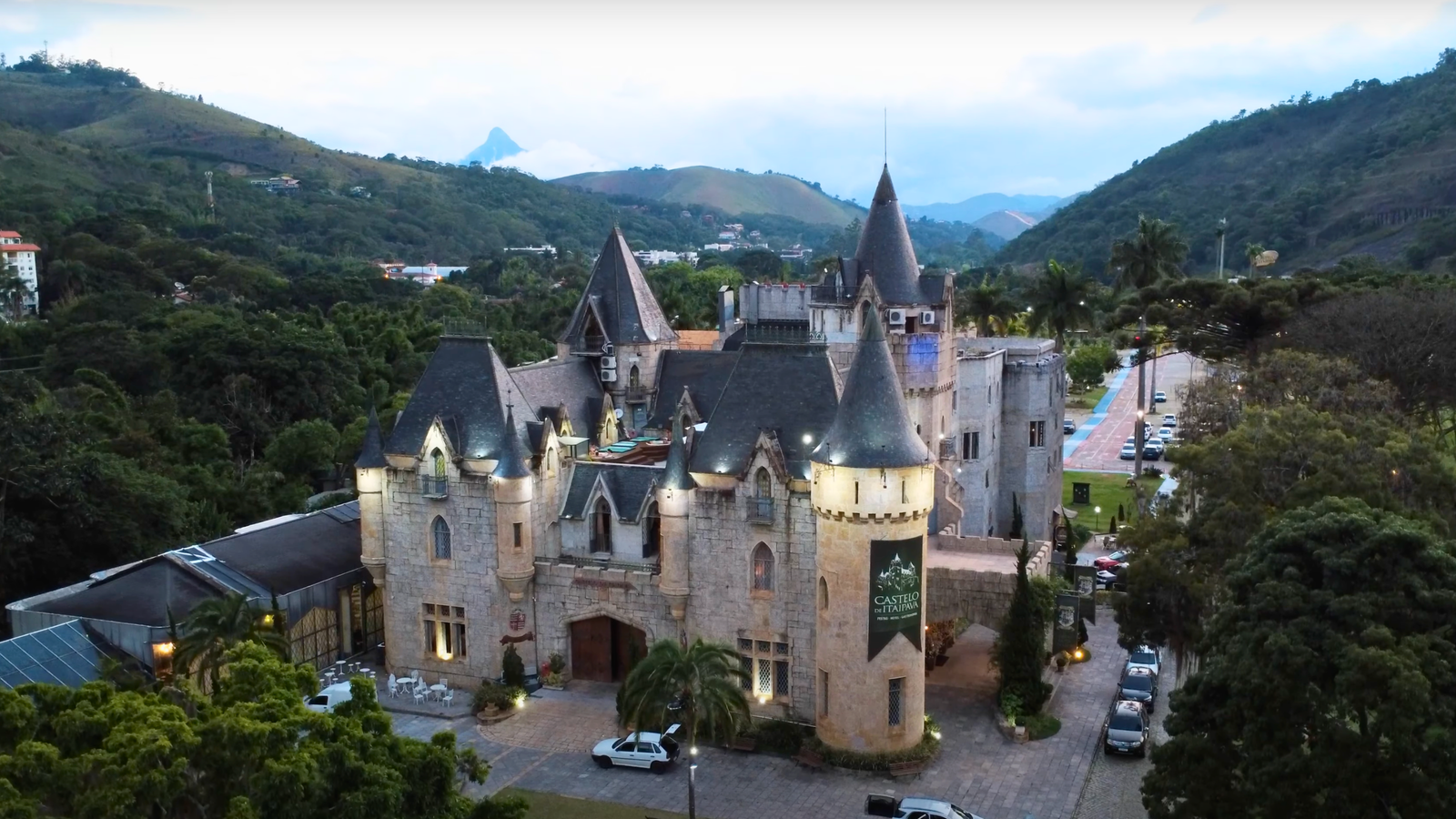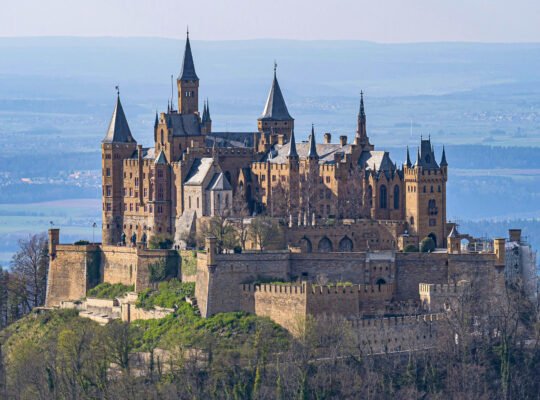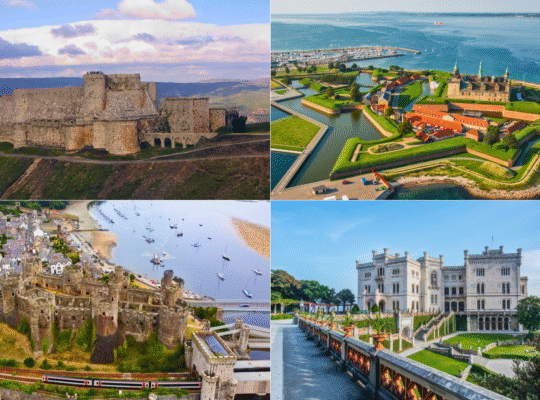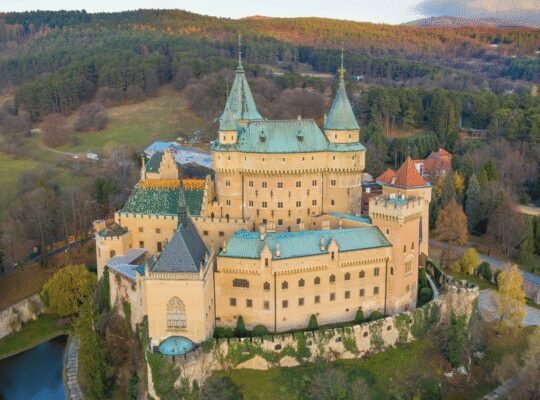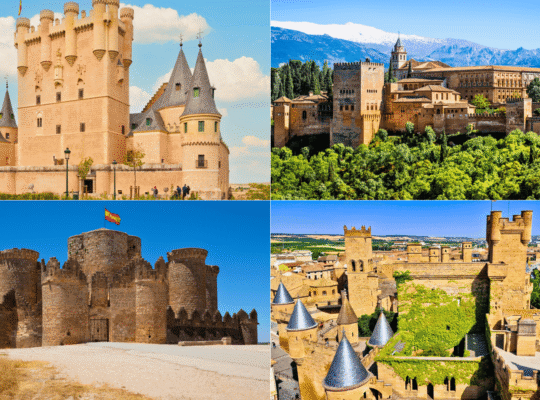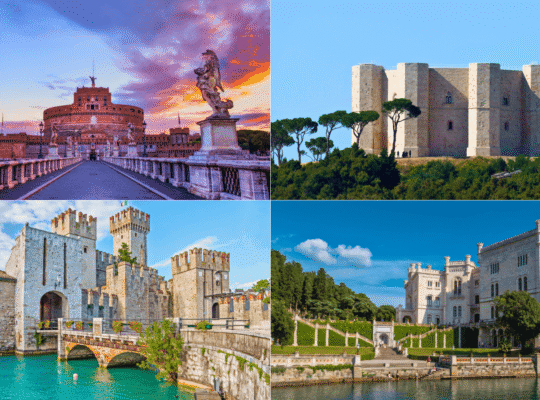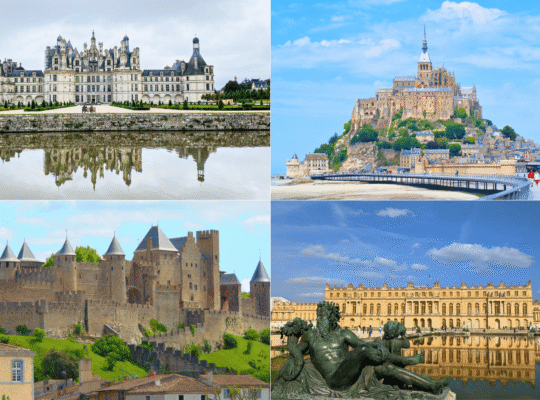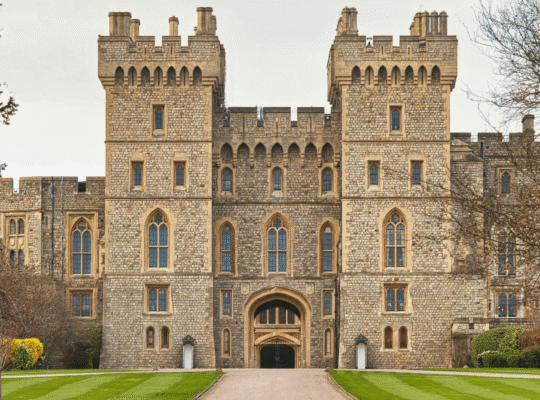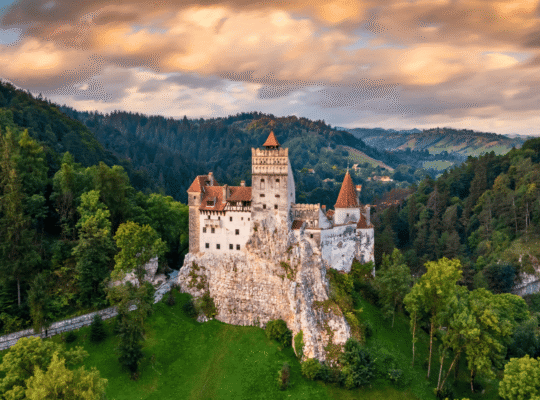I’ll be honest: when someone first told me there was a full-on medieval-style castle sitting in the green mountains near Rio de Janeiro, I thought they were joking. Brazil has beaches, jungles, samba, and fútbol—but Gothic stone towers? It didn’t compute. But then I visited Castelo de Itaipava myself, and now I get it.
It’s not just real. It’s beautiful, peaceful, and just weird enough to feel totally out of place—in the best possible way. A European-style castle tucked into the lush mountains of Petrópolis? That alone makes it worth the detour. But the truth is, this castle has more to offer than just good looks.
Let me take you through what makes this castle so intriguing, from its unusual origin story and striking design to what you can actually do there today.
Quick Facts
📍 Location: Itaipava, Petrópolis, Rio de Janeiro, Brazil
🏗️ Built: 1920–1922
🏰 Style: Neo-Gothic with Romantic and Medieval European influences
🎭 Known For: Only medieval-style castle in South America built with imported European stone
👑 Notable Resident: Built by Barão J. Smith de Vasconcellos
🏆 UNESCO Status: No
🌐 Website: https://castelodeitaipava.com.br
A Baron’s Passion Project
The castle was built by Barão J. Smith de Vasconcellos in the 1920s. He was a wealthy businessman with a thing for European castles—he wanted one for himself. And, well, when you have the means and the mountain land, why not?
He hired a young Lúcio Costa (yes, the same architect who later helped design Brasília) and got to work. He even imported granite from Portugal and Italy because local materials weren’t good enough. That kind of dedication—or obsession—paid off. The place looks legit.
What came together in two years is a castle that looks like it was plucked out of central Europe and dropped into the Serra dos Órgãos mountains.
At first, it was meant to be a private summer home. But over time, it became something more—a kind of stage for culture, events, and now tourism. Today, it attracts not only architecture enthusiasts and history buffs, but also couples looking for a fairytale wedding and travelers in search of something completely different.
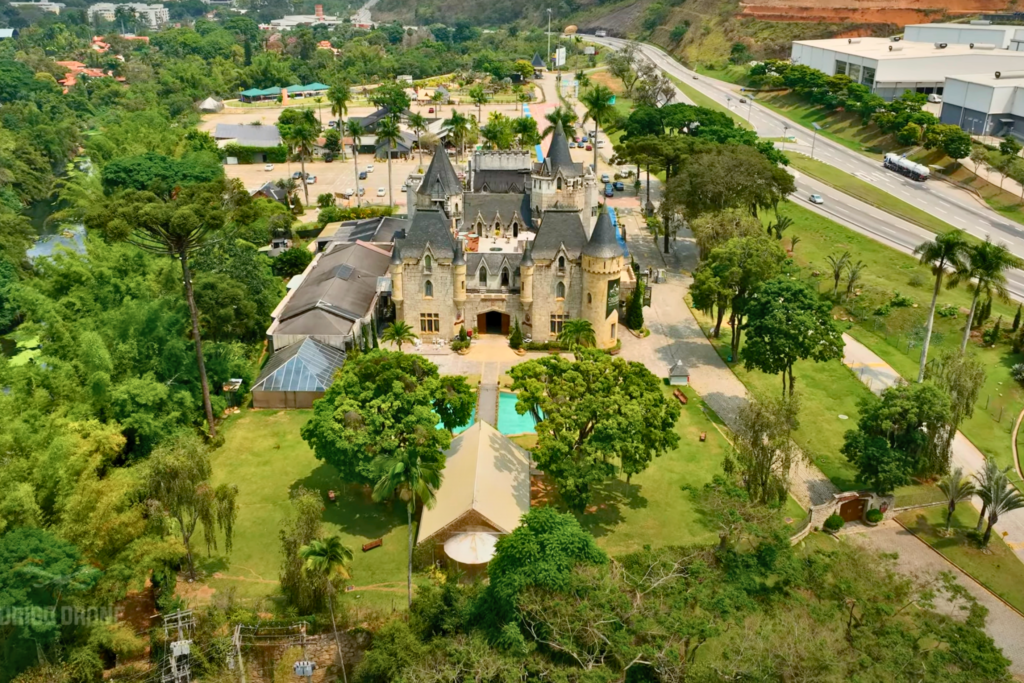
Walking Through the Castle
Approaching Castelo de Itaipava is a bit surreal. You’re driving through Atlantic Forest, and then suddenly—bam—a castle. With towers. And battlements. It catches you off guard.
Once inside, things get more detailed. High ceilings. Heavy chandeliers. Ornate furniture. Suits of armor. Stained glass windows that throw colored light across stone floors. It all feels like it shouldn’t be in Brazil, but somehow, it works.
You can spend hours exploring the different rooms. Some are grand, like the banquet hall with its long wooden table and towering fireplace. Others feel more intimate, like the quiet study tucked away at the end of a corridor. Even the staircases are photo-worthy.
The chapel on the grounds is often used for weddings. There’s a formal garden, a restaurant, and an inn if you want to stay overnight. The vibe is peaceful, slightly nostalgic, and surprisingly romantic.
If you stay into the evening, the castle takes on a different character. As the sun sets and lights glow softly from the windows, it becomes quieter and more atmospheric. Sitting on the terrace with a drink in hand, overlooking the garden and the distant hills, it's easy to forget you're only a short drive from Rio.
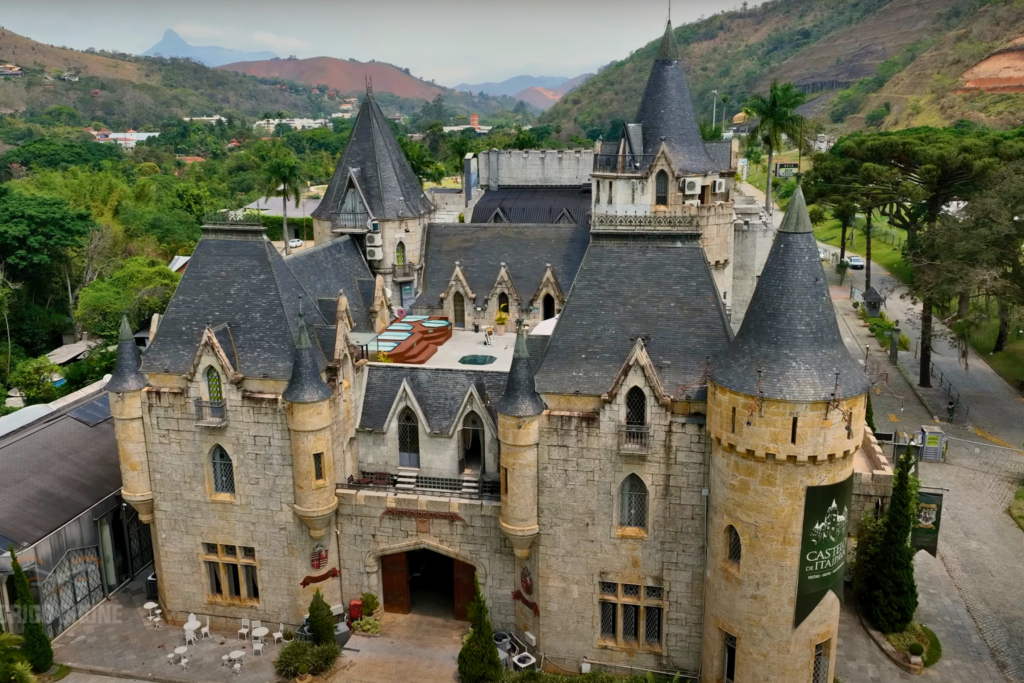
What You Can Do There
Stay the Night
There’s a boutique hotel inside the castle, with rooms designed to match the building’s vintage character. If you’ve ever wanted to sleep in a castle, this is your chance. The rooms are well-kept, with classic furniture, thick curtains, and a certain charm you won’t find in modern hotels.
Eat Well
The castle has a restaurant that serves local and international dishes. Think: steaks, risottos, and desserts served in a grand hall with chandeliers overhead. Not your average lunch stop. Brunch on the weekend is a popular option too, especially with locals from Itaipava.
Book a Tour
Depending on the schedule (and whether there’s a private event), guided tours are available. They take you through key areas of the castle and give you some background on its construction and history. The guides are usually locals who know the ins and outs of the building’s quirks and stories.
Attend an Event
Castelo de Itaipava is one of the most popular wedding and event venues in the region. Concerts, galas, and film shoots are often hosted here. You might even recognize it from Brazilian TV shows and music videos. The castle lends itself perfectly to all kinds of productions thanks to its authentic look.
Relax in the Garden
Even if you’re not interested in architecture or events, the garden is a great place to relax. There are benches under trees, fountains, and pathways that let you enjoy the cool mountain breeze and take in the view.
Best Time to Visit
The castle sits at around 800 meters above sea level, which means cooler temperatures than Rio, even in summer. The best times to go are:
🌸 Spring (Sept–Nov): Gardens are in bloom and weather is mild.
🍂 Autumn (Mar–May): Cooler days, fewer crowds.
❄️ Winter (Jun–Aug): Fog rolls in and makes the castle look extra mysterious.
☀️ Summer (Dec–Feb): Green landscapes, but hotter and rainier.
Avoid big Brazilian holidays like Carnival and New Year’s if you want a quiet visit—they're often booked solid with private events. Midweek visits are often best for peaceful exploration.
Getting There
Driving from Rio de Janeiro takes 1.5 to 2 hours depending on traffic. You’ll head north on the BR-040 highway until you reach Itaipava.
🚗 By car: It’s the easiest option, especially if you want to explore the region. The route is scenic and well-maintained.
🚌 By bus: You can catch a bus from Rio to Itaipava, then take a short taxi or Uber to the castle. Itaipava has decent public transport options and a reliable road network.
There’s free parking on-site.
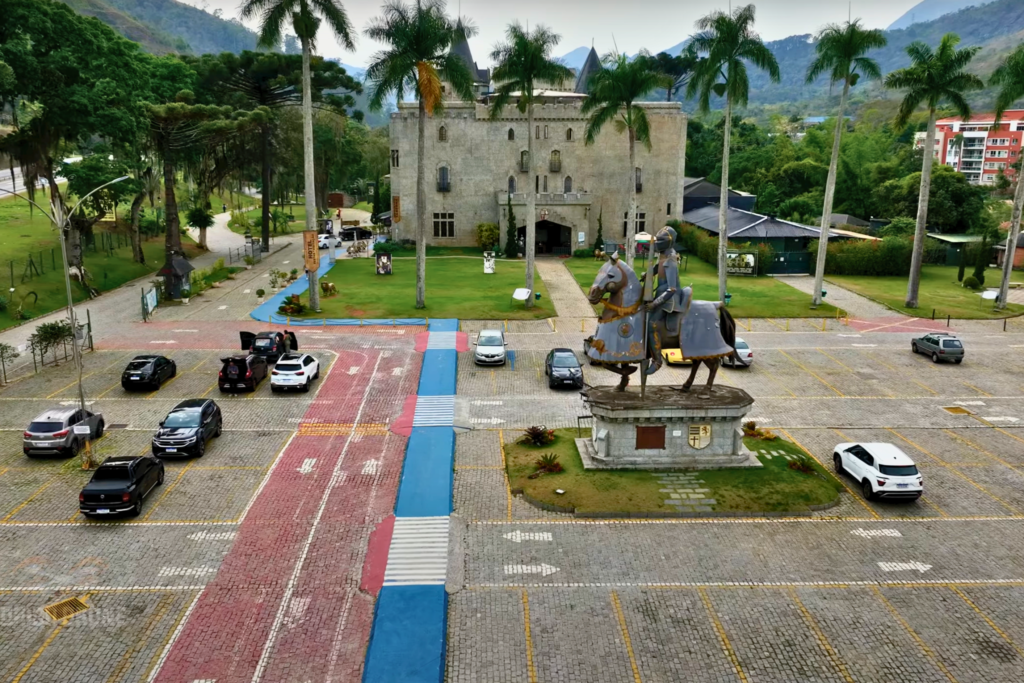
Accessibility & Travel Tips
The castle has a lot of stairs, cobbled walkways, and uneven stone floors—it’s part of the charm, but not ideal for wheelchairs or anyone with limited mobility.
👟 Wear comfortable shoes.
🧥 Bring a light jacket—it can get chilly in the late afternoon.
📞 Call ahead or check the website—hours change depending on private bookings.
📸 Don’t forget your camera or phone. The photo ops are excellent.
🍷 Make a reservation if you plan to dine. The restaurant fills up quickly on weekends.
🗣️ Basic Portuguese will help. Most of the staff speak limited English.
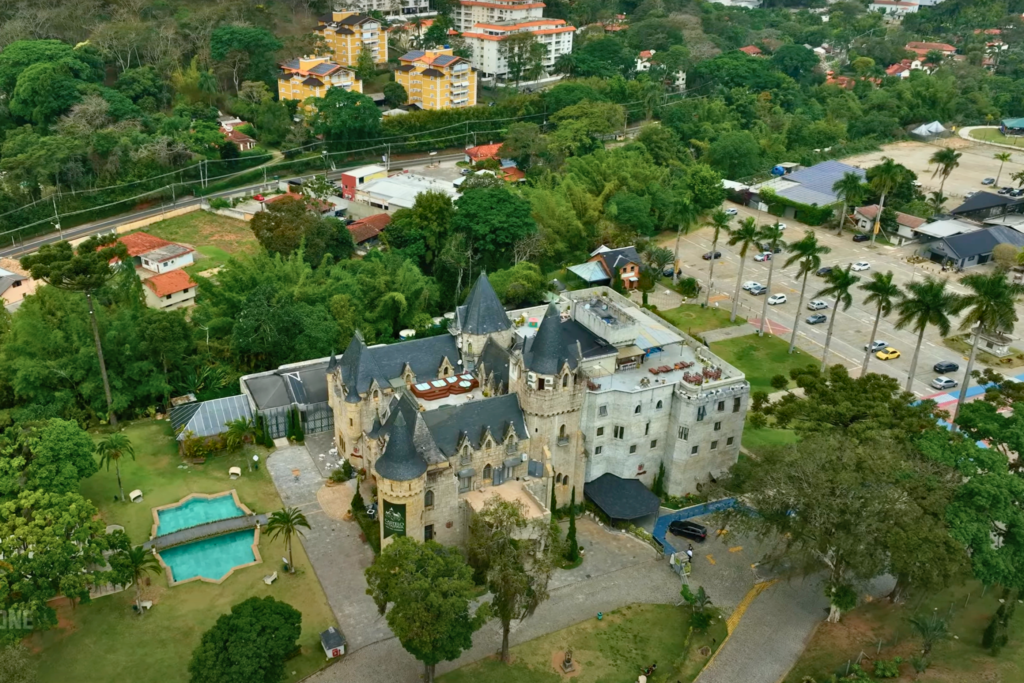
What to See Nearby
The Itaipava region is part of Petrópolis, which has a long history as a royal retreat. Here are a few spots worth checking out:
• Imperial Museum: Housed in the former palace of Emperor Dom Pedro II, this museum showcases royal furniture, clothing, and even the Emperor’s crown. It’s one of Brazil’s most important historical collections.
• Cathedral of St. Peter of Alcantara: This neo-Gothic cathedral is where the Brazilian royal family is buried. The architecture is impressive and worth a stop. Inside, you’ll find intricate stained glass and marble tombs.
• Palácio de Cristal: A 19th-century greenhouse imported from France, used today for art exhibitions and events. Its structure and setting are great for photography.
• Serra dos Órgãos National Park: If you’re into hiking, nature, or photography, this is one of Brazil’s most scenic parks. Trails vary in difficulty, and the views from higher elevations are unforgettable.
• Itaipava Gastronomic Circuit: The area has become a bit of a foodie haven. Expect everything from fine dining and local craft beer to charming bakeries and gourmet food shops. Try the artisanal cheeses and homemade jams.
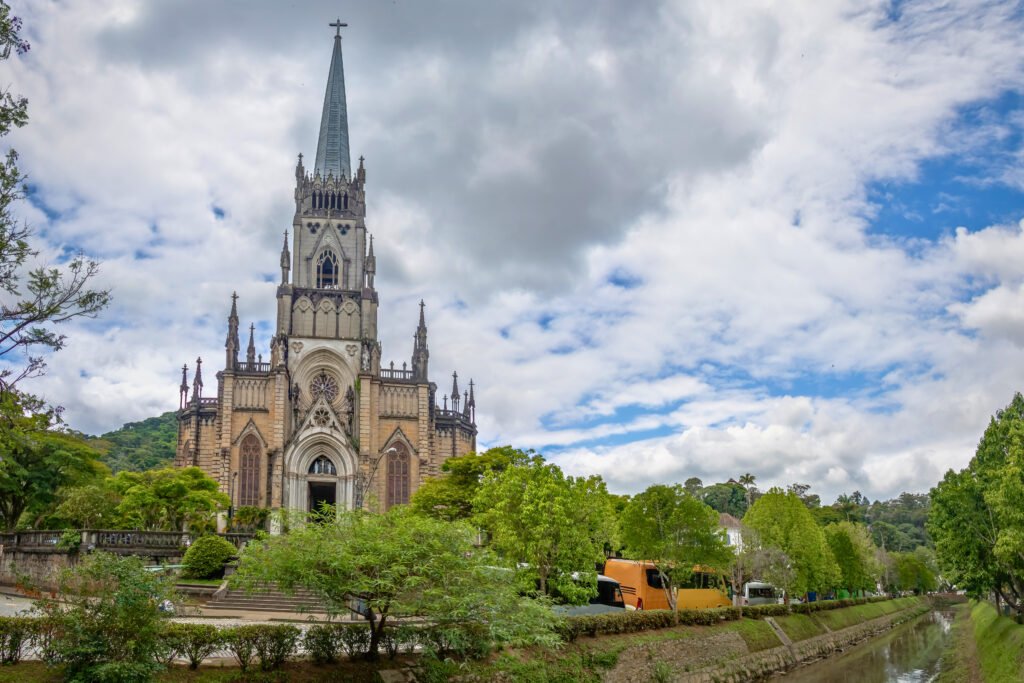
Final Thoughts
Castelo de Itaipava is a place that makes you pause. Not because it's grand or historic in the usual way, but because it’s so unexpected. You’re in Brazil—but for a few hours, it feels like you’re somewhere else entirely.
It’s not a massive tourist hub. And maybe that’s what makes it worth visiting. You get the calm, the charm, and a break from the ordinary. It’s an easy day trip from Rio, but it also works as a weekend escape if you want to slow down and enjoy the cool mountain air.
So whether you're in the mood for a scenic drive, a unique overnight stay, or just a different kind of travel story, this little castle in the hills is a great place to start.
🧭 Been to Castelo de Itaipava? Tell us your experience in the comments.
👉 If this castle caught your interest, you might also enjoy reading about Fairmont Le Château Frontenac, a grand hotel in Quebec City, and Mehrangarh Fort, a historic fort in India with views that stretch for miles—very different places, but just as unforgettable. Or, explore all our castle adventures here!
🏰✨ Follow us on social media, Facebook, Instagram, Pinterest, and X, for more real history, incredible castles, and travel ideas that go beyond the ordinary.

